|
|
 |
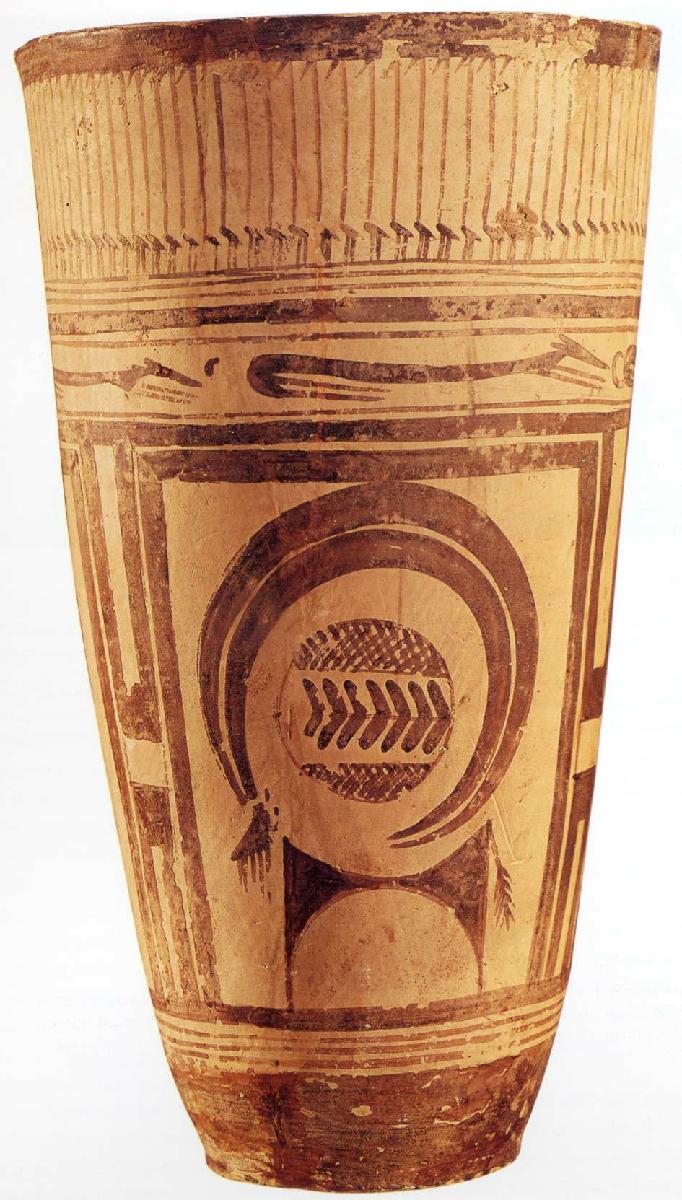
Beaker – Susa (modern Shush,
Iran) (c. 4000 BC) ceramic painted in brown glaze
Paris, Musée du Louvre
 |
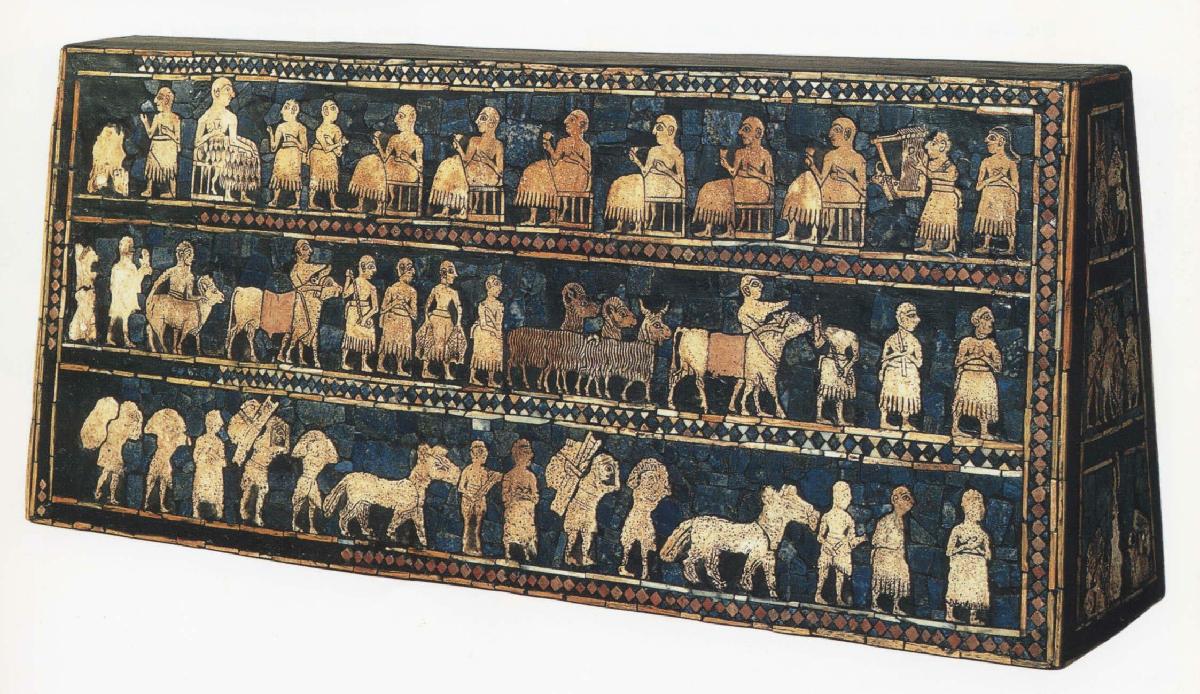
Standard of Ur – "peace"
side (c. 2500 BC) from a princely tomb in Ur
shells, limestone and lapis
lazula attached to wooden core with tar
London, British Museum

details of the "Standard
of Ur" (c. 2500 B.C.)
The top row contains gods
or nobles enjoying a banquet.
Lower rows are subject peoples
bringing tribute
Courtesy of the Trustees
of the British Museum
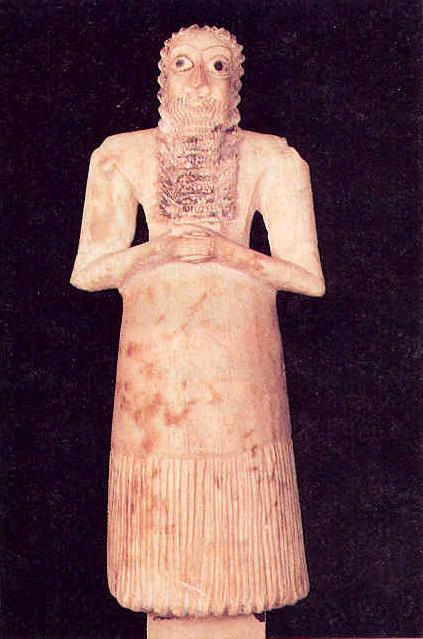
Statue of a Sumerian worshiper (c. 2600 BC)
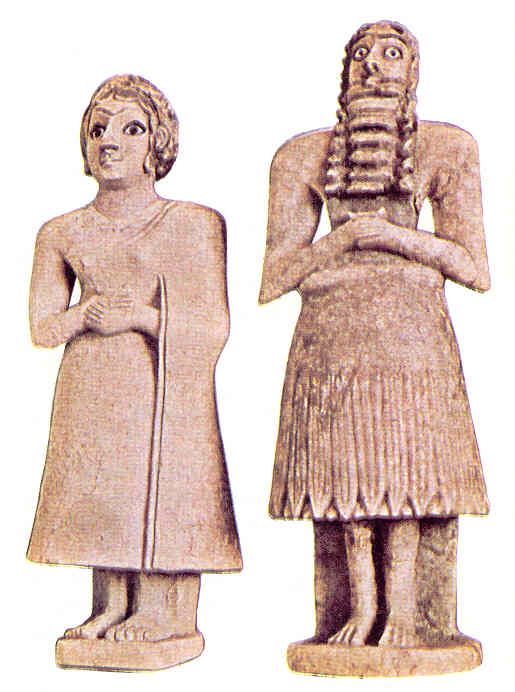
Sumerian clay figures --
with eyes emphasized (c. 2600 BC)
(considered the windows
of the soul, the pathways of communication to the gods)
Iraq Museum
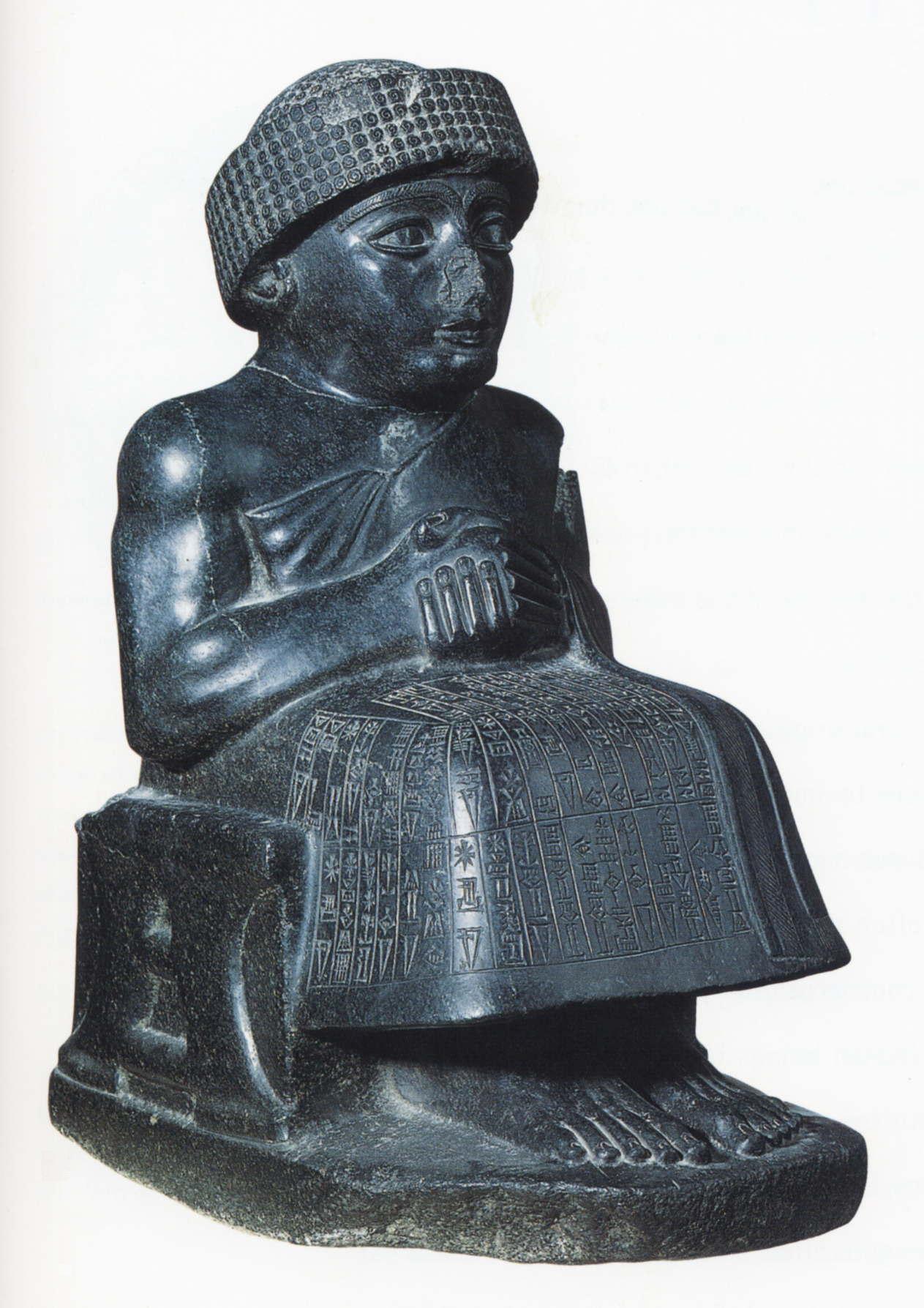
Statue of Gudea, Prince of
Lagash (c. 2150 BC) diorite – from Tello (formerly Girsu)
Paris, Musée du Louvre
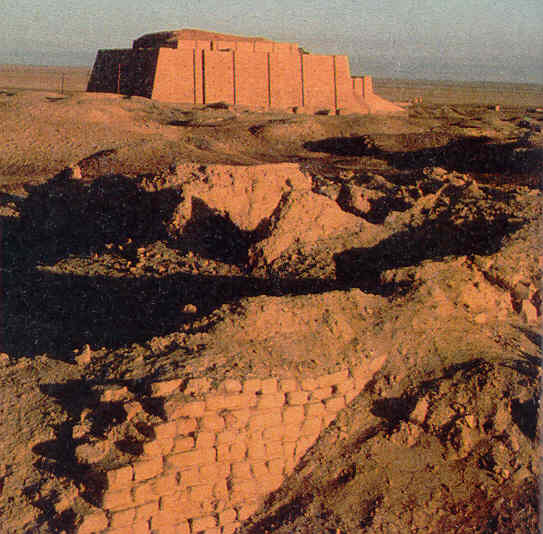
Sumerian ziggurat at Ur, built around 2000 B.C.
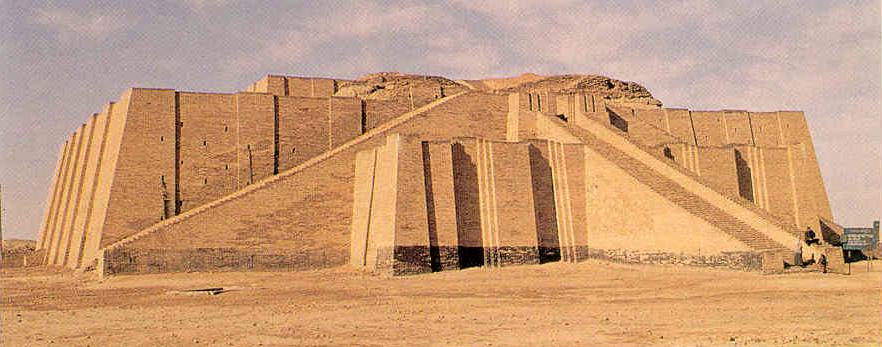
A reconstructed ziggurat at Ur
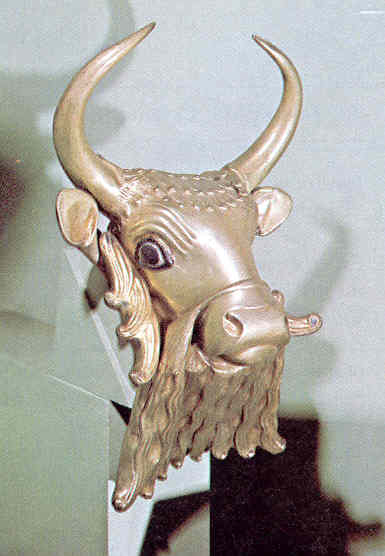
Goldern bull's head (with lapis lazuli eyes) from the Royal Cemetery, Ur
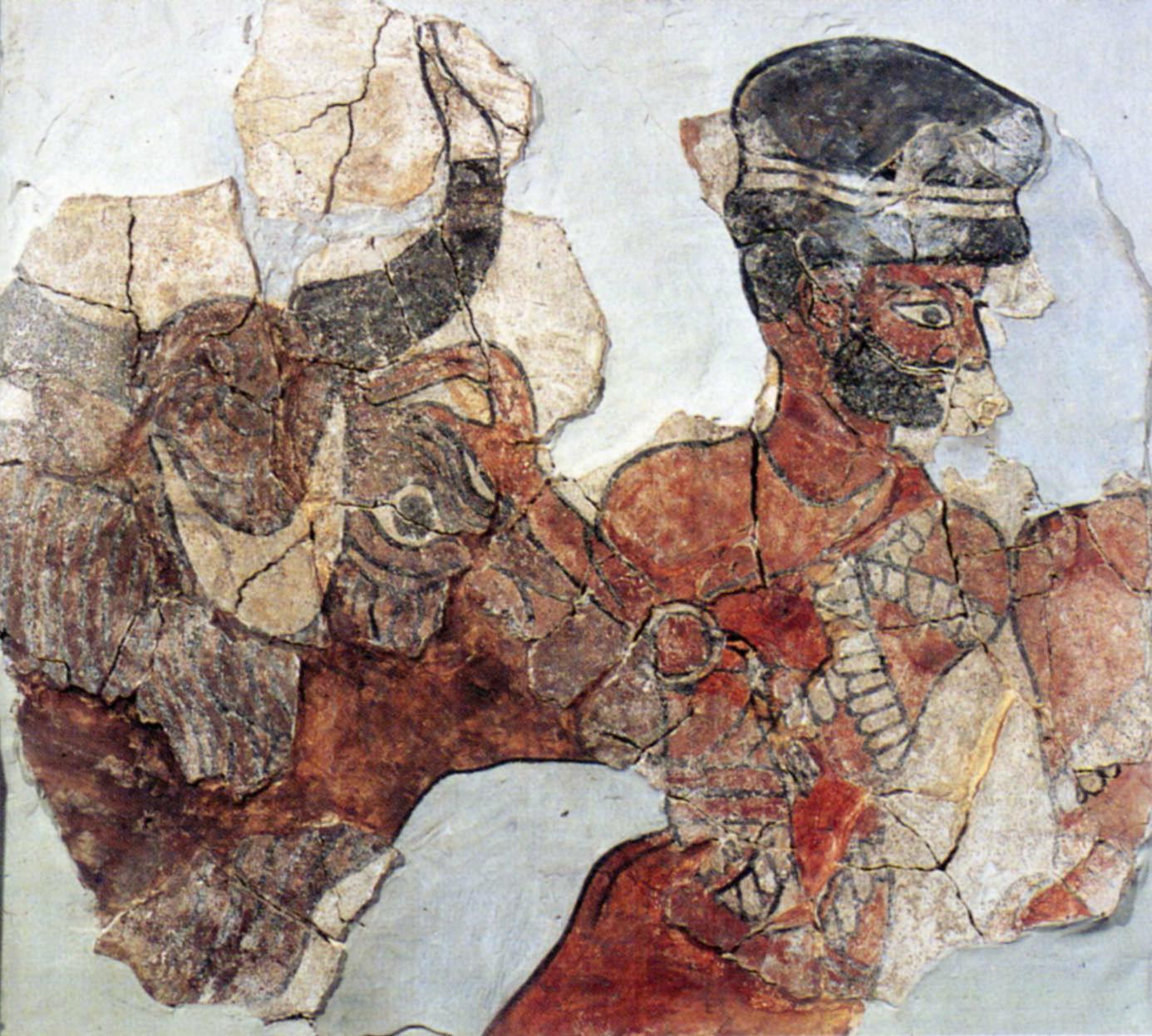
Priest Guiding a Sacrificial
Bull – Fragment of a mural painting (2040-1870 BC)
from the palace of Zimri-Lim,
Mari (modern Tell Hariri, Iraq)
Aleppo, Syria, National
Museum
 |
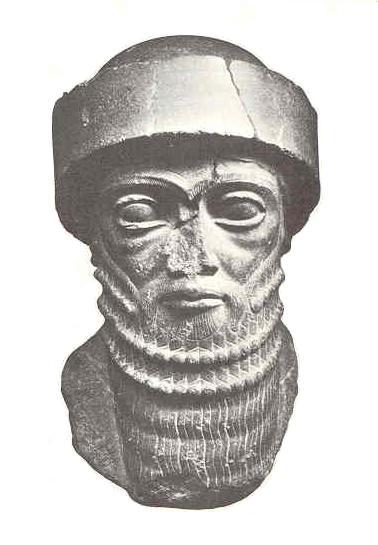
Hammarabi bust
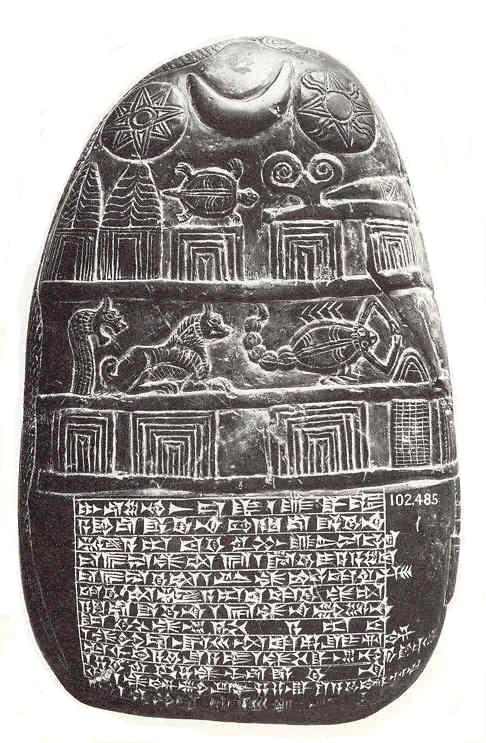
Babylonian Boundary Stone
 |
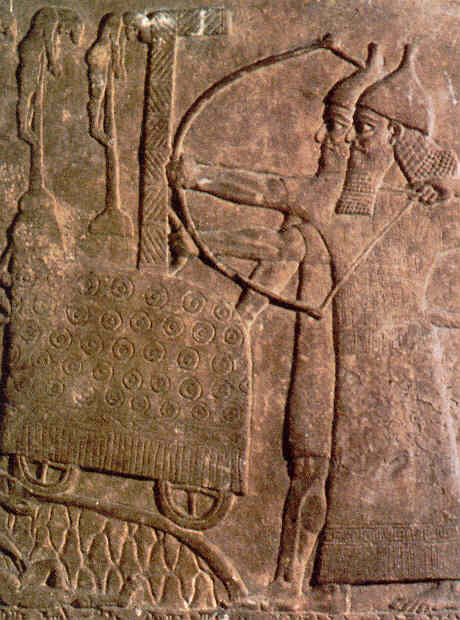
Assyrian bas-relief stone
carving showing assault on a town with a siege engine
and the impaled enemies
of Assyria, c. 730 B.C.
British Museum
 |
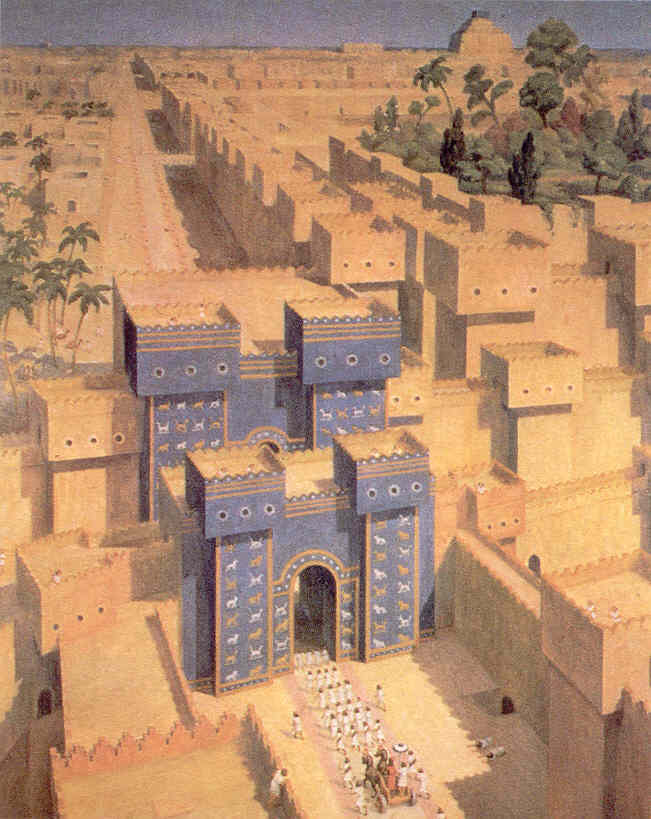
Artist's reconstruction of
Babylon during the reign of the Chaldean King, Nebuchadnezzar (605-562
B.C.)
showing the Ishtar Gate,
rooftop gardens and (in the distance) the ziggurate in honor of Marduk
Oriental Institute
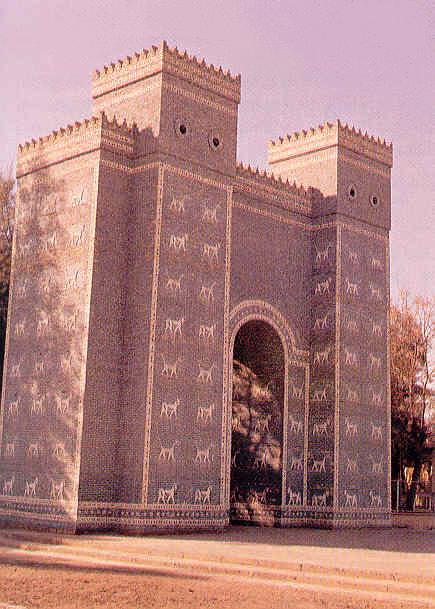
The Ishtar Gate - Reconstructed (c. 600 B.C.)

Lion – From the Processional
Way, Babylon (c. 575 BC) glazed brick
Istanbul, Archeological
Museum
 |
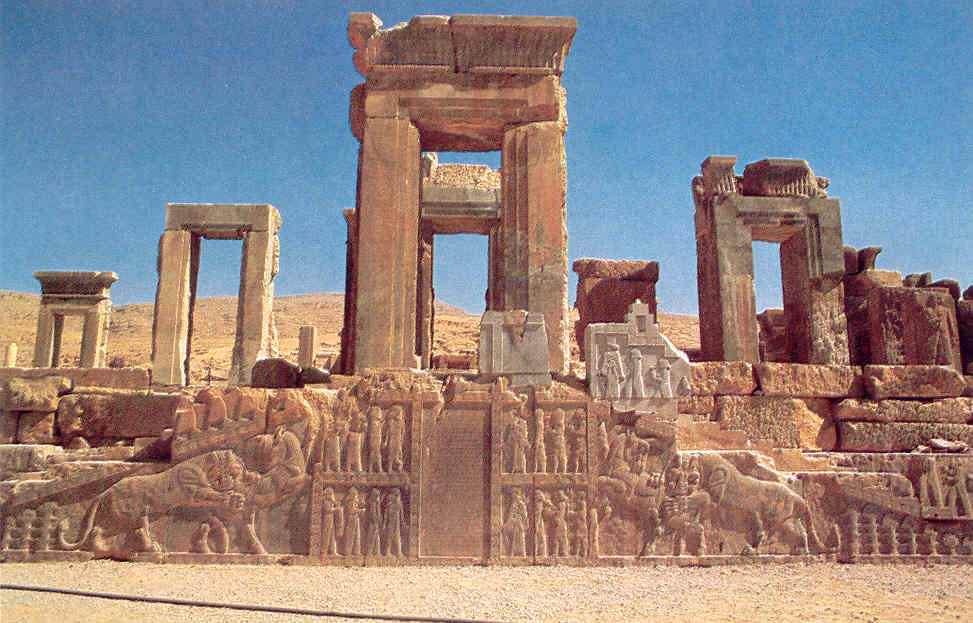
The Royal Palace at Persepolis
- built by Darius and Xerxes -
used only once a year to
celebrate the New Year.
The bas relief on the grand
stairway depicts the 23 nations of the empire
bringing New Year's gifts
to the king
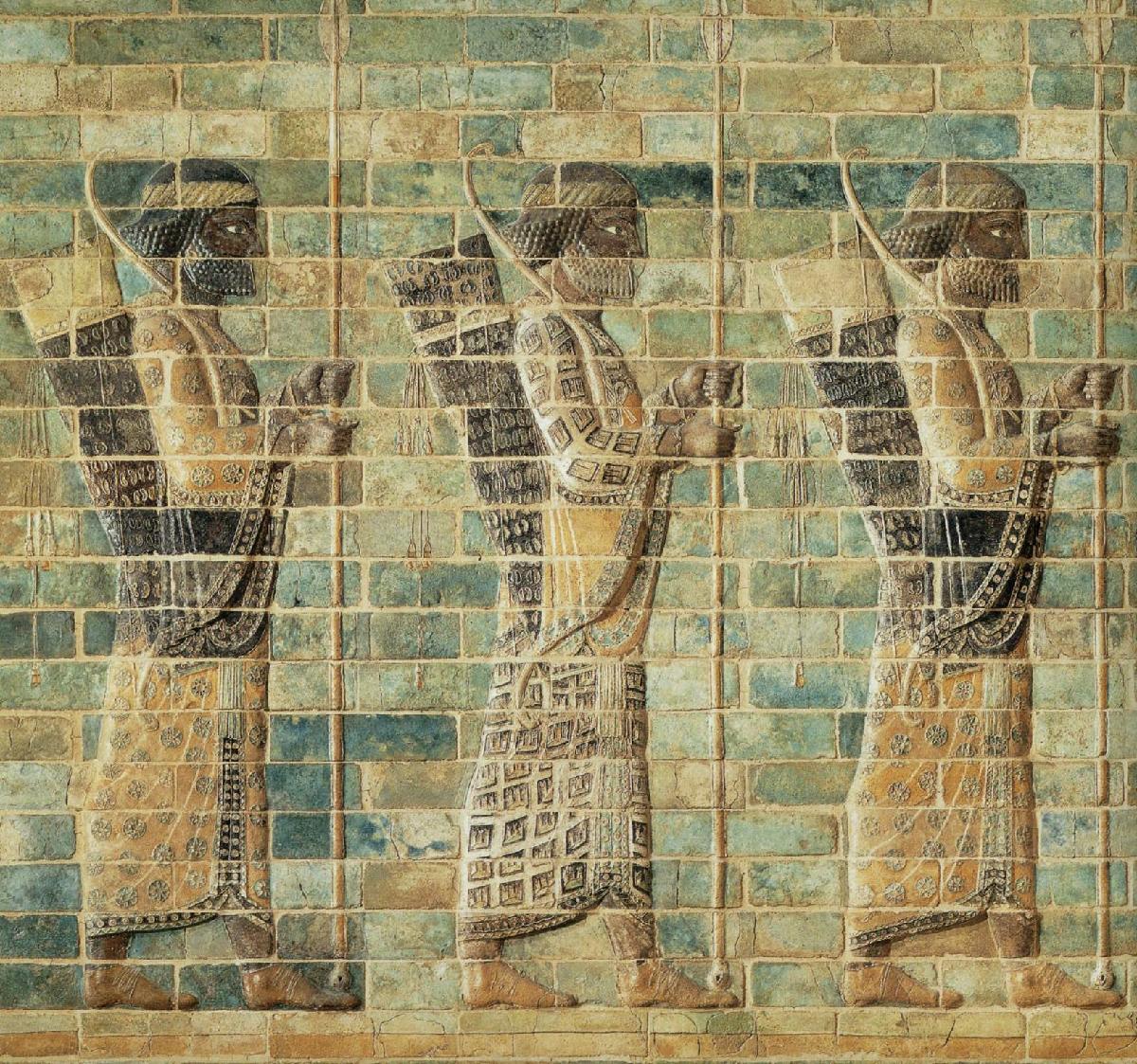
The Archers of Darius (400s
BC) glazed siliceous bricks
from the Palace of Darius,
Susa
Paris, Musée du Louvre